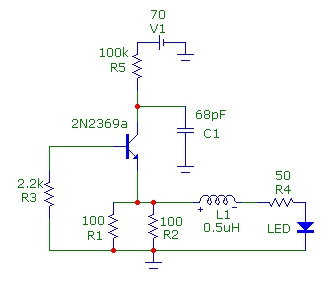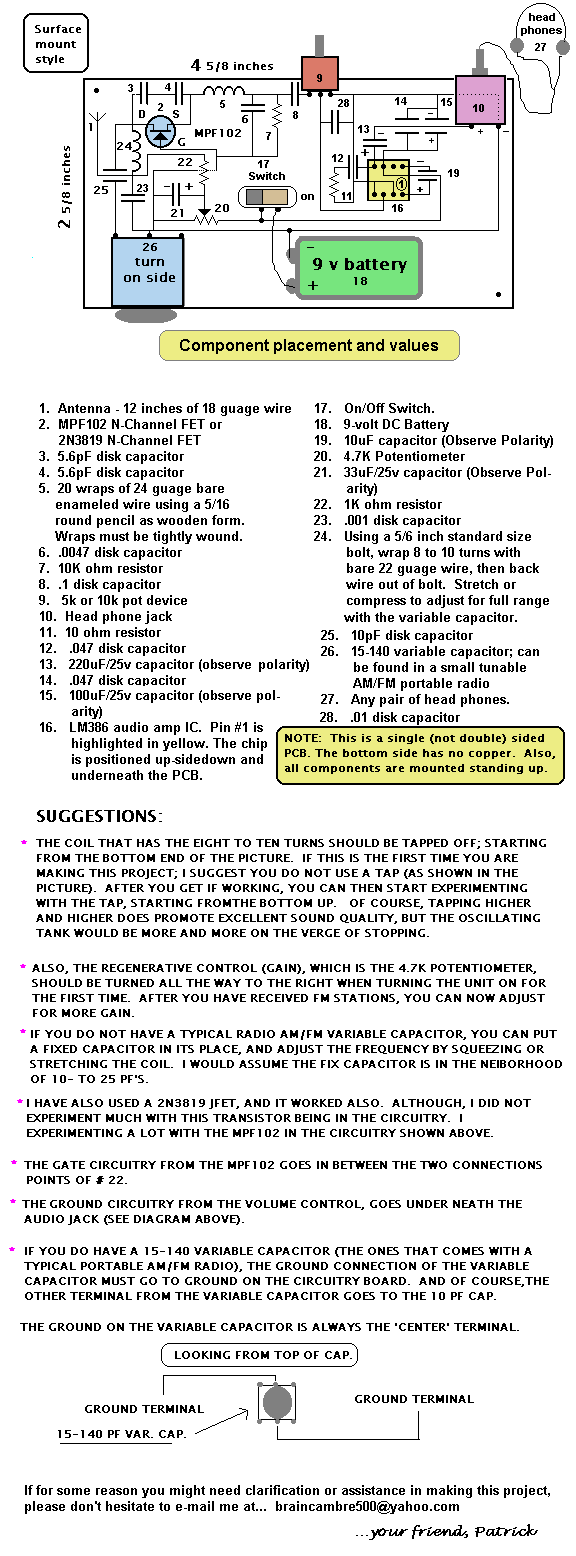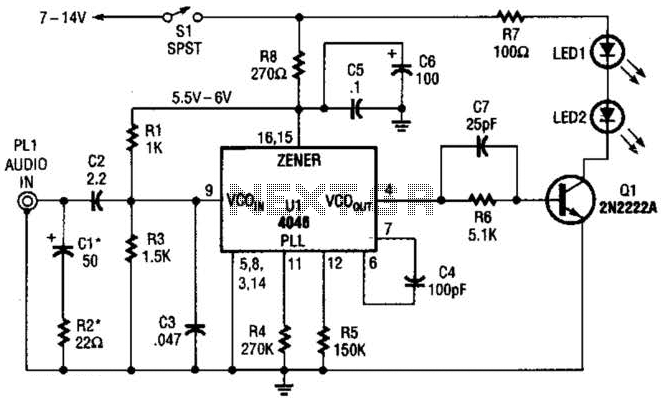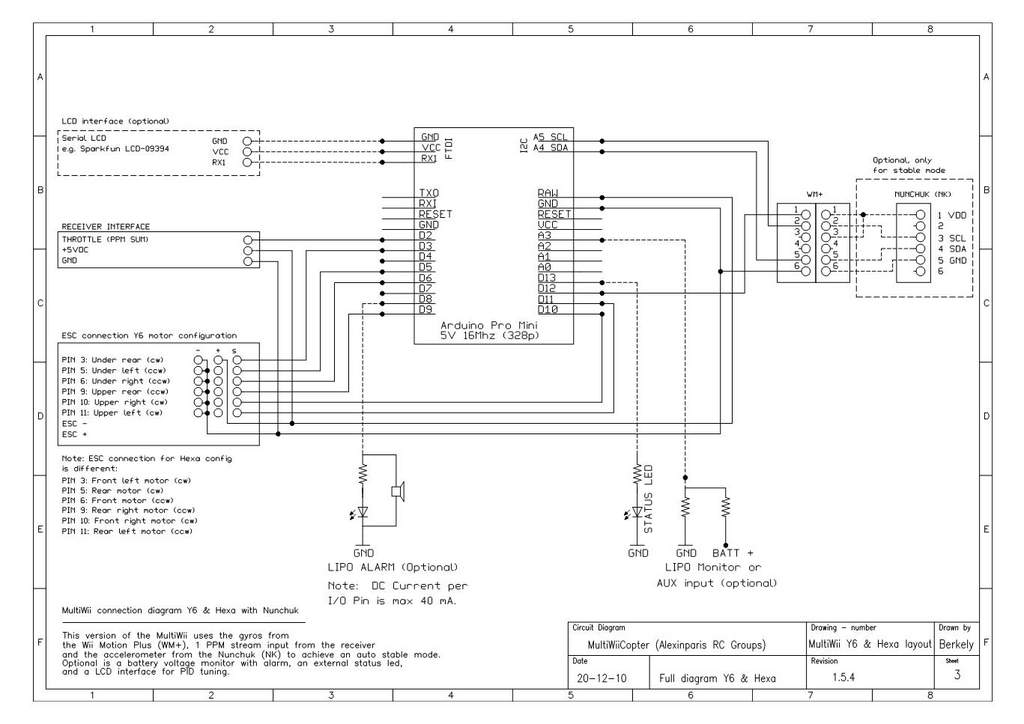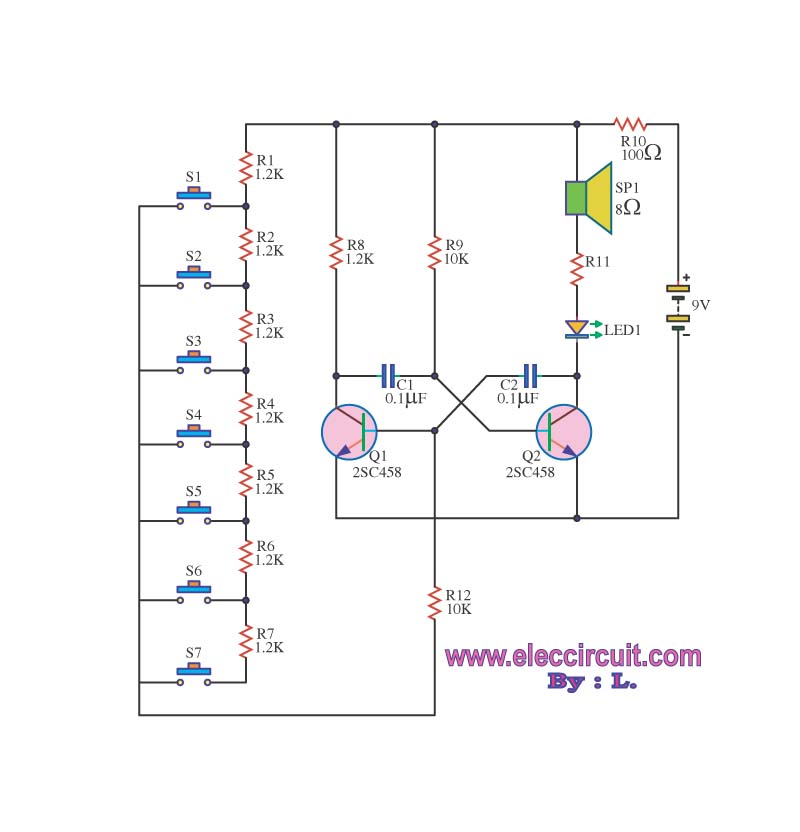
audio amplifier circuit board
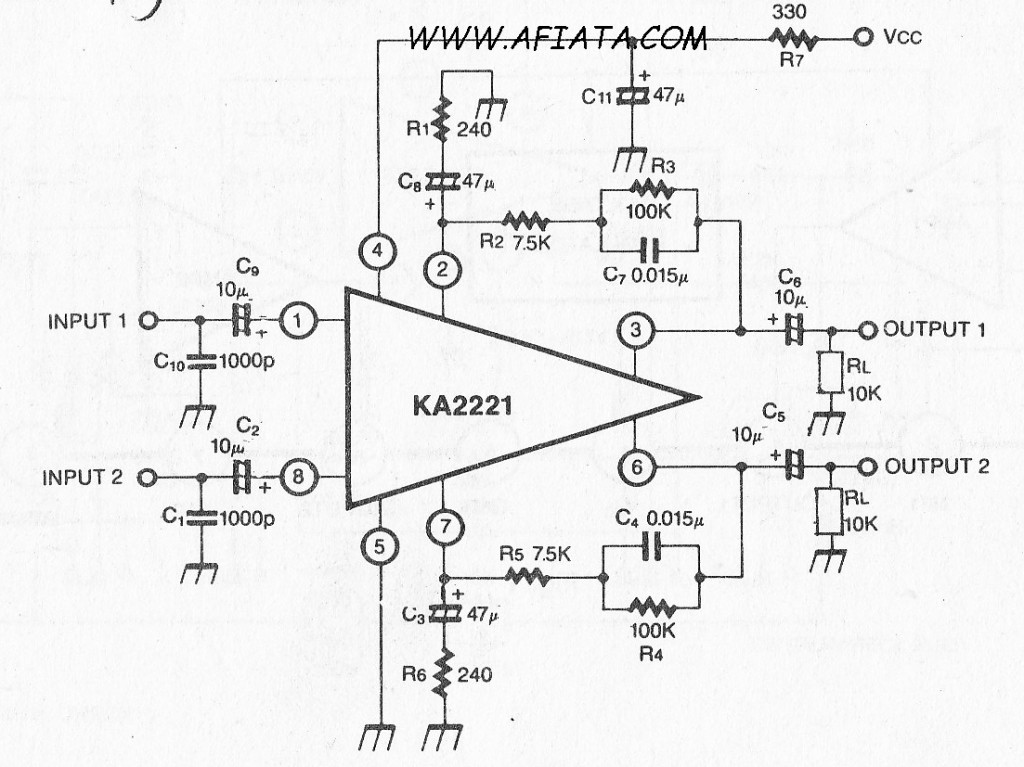
Audio amplifier circuit board with a dual low noise equalizer amplifier. The KA2221 is a monolithic integrated circuit that features 2-channel low noise amplifiers and a regulated power supply designed for car stereos. Key features include suitability for car stereos, low noise amplification, an integrated voltage regulator, good ripple rejection, high channel separation (typical 65 dB), and a minimal requirement for external components.
The KA2221 integrated circuit is engineered to enhance audio performance in automotive applications by providing high-quality amplification with low noise interference. The dual-channel configuration allows for stereo sound reproduction, making it an ideal choice for car stereo systems where audio fidelity is paramount.
The low noise amplifier design ensures that the audio signal remains clear and free from unwanted noise, which is essential for maintaining sound quality, especially in the noisy environment of a vehicle. The inclusion of a voltage regulator within the circuit enhances stability by maintaining a consistent power supply, which is crucial for reliable operation in varying automotive conditions.
Ripple rejection is another significant advantage of the KA2221, as it minimizes fluctuations in the power supply that could adversely affect audio output. With a high channel separation of 65 dB, the circuit effectively isolates the left and right audio channels, preventing crosstalk and ensuring a more immersive listening experience.
Moreover, the KA2221's design minimizes the need for additional external components, simplifying the integration process into existing audio systems and reducing overall assembly costs. This feature is particularly beneficial for manufacturers looking to streamline production while maintaining high standards of audio performance.
Overall, the KA2221 serves as an efficient and effective solution for enhancing audio quality in automotive applications, combining advanced features in a compact, user-friendly package.Audio amplifier circuit board DUAL LOW NOISE EQUALIZER AMPLIFIER The KA2221 is a monolithic integrated circuit consisting of 2-channel low noise amplifiers and regulated power supp;y for car stereos. FEATURES suitable for car stereos. Low noise amplifier. Voltage regulator included. Good ripple rejection. High channel separation (65dBTyp). Minimum number of externalparts required.. 🔗 External reference
The KA2221 integrated circuit is engineered to enhance audio performance in automotive applications by providing high-quality amplification with low noise interference. The dual-channel configuration allows for stereo sound reproduction, making it an ideal choice for car stereo systems where audio fidelity is paramount.
The low noise amplifier design ensures that the audio signal remains clear and free from unwanted noise, which is essential for maintaining sound quality, especially in the noisy environment of a vehicle. The inclusion of a voltage regulator within the circuit enhances stability by maintaining a consistent power supply, which is crucial for reliable operation in varying automotive conditions.
Ripple rejection is another significant advantage of the KA2221, as it minimizes fluctuations in the power supply that could adversely affect audio output. With a high channel separation of 65 dB, the circuit effectively isolates the left and right audio channels, preventing crosstalk and ensuring a more immersive listening experience.
Moreover, the KA2221's design minimizes the need for additional external components, simplifying the integration process into existing audio systems and reducing overall assembly costs. This feature is particularly beneficial for manufacturers looking to streamline production while maintaining high standards of audio performance.
Overall, the KA2221 serves as an efficient and effective solution for enhancing audio quality in automotive applications, combining advanced features in a compact, user-friendly package.Audio amplifier circuit board DUAL LOW NOISE EQUALIZER AMPLIFIER The KA2221 is a monolithic integrated circuit consisting of 2-channel low noise amplifiers and regulated power supp;y for car stereos. FEATURES suitable for car stereos. Low noise amplifier. Voltage regulator included. Good ripple rejection. High channel separation (65dBTyp). Minimum number of externalparts required.. 🔗 External reference
